How to Use Compost for a Thriving Garden: The Complete Guide
Step into the art and science of using compost to transform your garden’s potential. This article strips down the complexities and offers you the facts: when and how to apply compost effectively across garden beds, pots, and lawns. Harness the benefits of nature’s own fertilizer with our no-nonsense guide tailored for all types of green thumbs, ensuring your search for ‘how to use compost’ ends here.
Key Takeaways
Recognizing Ready-to-Use Compost
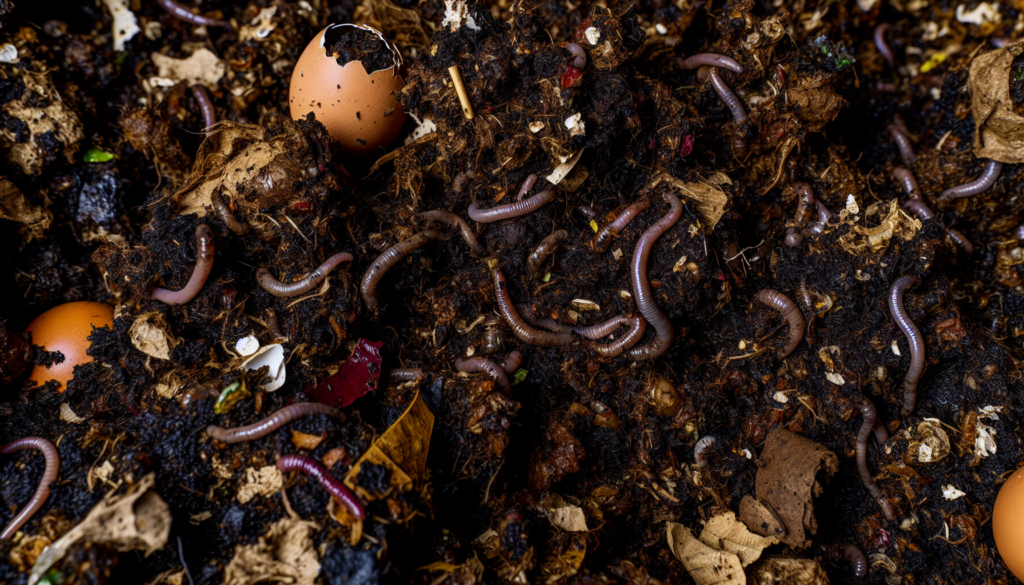
The composting process can seem mysterious, like a secret recipe passed down through generations. Don’t worry, identifying mature compost is more straightforward than it seems. A glance at your backyard composting pile, which includes carbon rich material and fruit and vegetable scraps, should reveal:
But what if you’re still unsure? There’s a simple test you can perform: plant a few radish seeds in your compost. If they germinate within a few days, you’ll know your compost is ready for use, and weed seeds have been eliminated. This is a testament to your successful recycling of organic matter, and a sign that your compost is ready to give life to your garden.
Now, with a compost bin filled with mature compost, let’s explore how it can boost your garden’s growth. The answer lies in the timing.
Timing Your Compost Application

The way a well-timed joke sparks the best laughter, an aptly scheduled application of compost can stimulate the most vigorous growth in your garden. The most beneficial times to add compost to your garden are at the end of the season or early spring.
Fall is an optimal time for compost application. Fresh manure and food waste can decompose and become well-rotted by the time you’re ready to incorporate them into the garden in the spring. This enhances nutrient availability for the subsequent growing season, setting the stage for a bountiful harvest.
Spring compost application also yields significant advantages improving soil health. Compost enhances plant growth by incorporating:
These nutrients are crucial for promoting healthy plant development and vigorous growth.
Seasonal compost application can also enhance soil health, increase soil organic matter, and improve microbial diversity. The scheduling of your compost application can greatly influence your garden’s growth and yield.
Creating a Nutrient-Rich Potting Mix
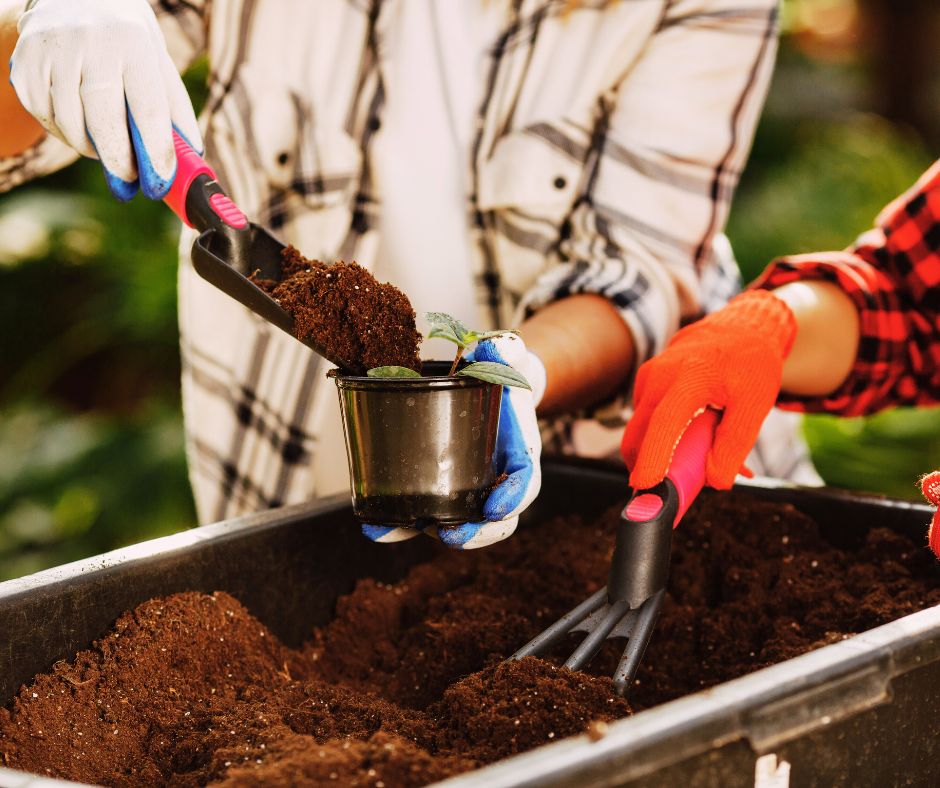
Formulating a nutrient-packed potting mix is like playing the role of a master chef, whipping up a gourmet meal for your plants. By incorporating compost, you’re adding a secret ingredient that can supercharge your plants’ growth. Compost establishes a biologically stable environment that amplifies the soil’s microbial activity and macronutrient composition, fostering robust root development and promoting healthier plant growth.
In addition to compost, perlite and vermiculite can be essential ingredients in your nutrient-rich potting mix, also known as potting soil. They aid in:
So, what’s the perfect formula for this high-quality potting mix? Aim for a ratio of compost to perlite of approximately 1:4. This will create a balanced blend that supports soil fertility and facilitates proper drainage and aeration, making it suitable for indoor and outdoor potted plants alike.
Enhancing Garden Beds and Landscapes
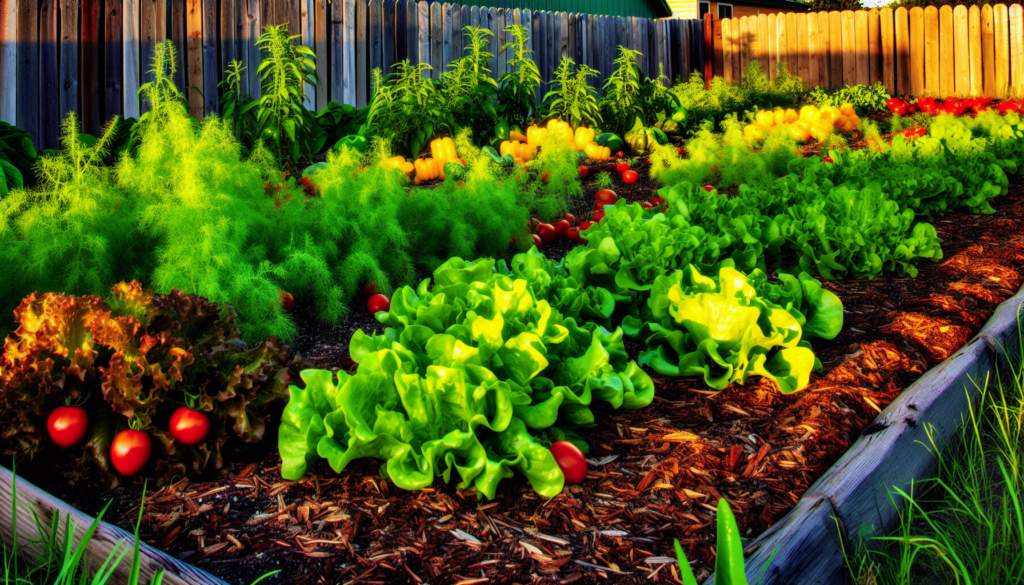
Having covered the creation and timing of compost application, let’s discover how it can be used to enhance different garden types. Whether you’re growing lush vegetable beds, cultivating fruit trees, or experimenting with container gardens and raised beds, compost can be your secret weapon.
Vegetable Gardens
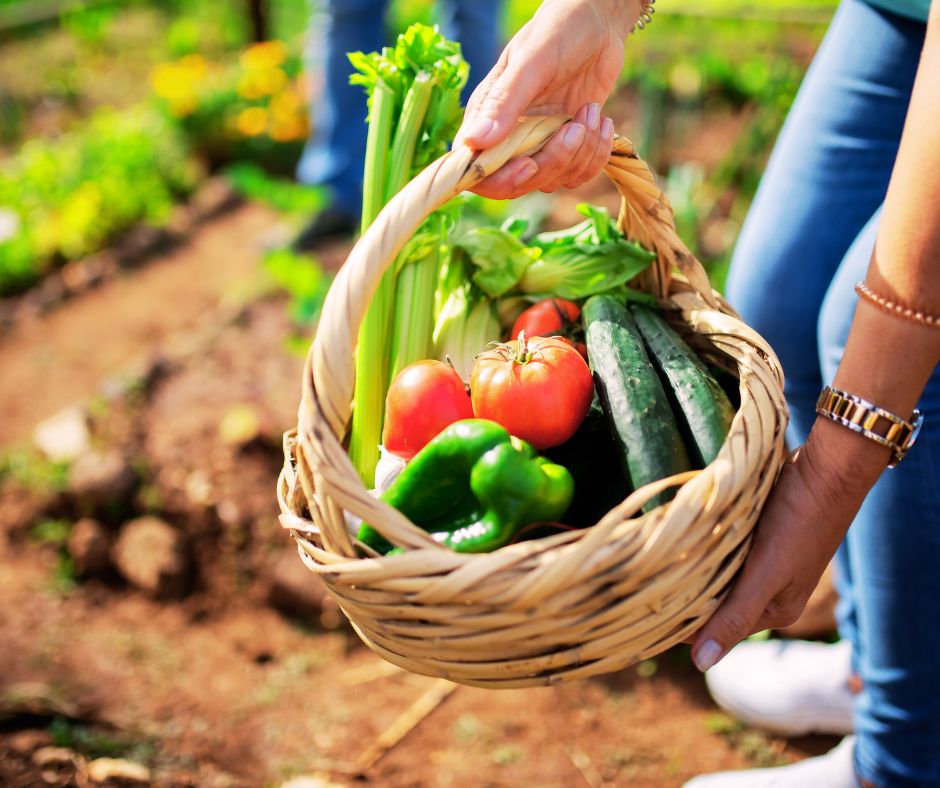
In the context of vegetable gardens, compost holds paramount importance. It’s like a multivitamin for your garden, providing an array of nutrients to enrich the soil and boost plant growth. The best approach for applying compost in vegetable gardens is through top dressing or side dressing, spreading a thin layer of compost on top of the soil.
Timely application also plays a key role. Compost should be applied to vegetable gardens either in spring at the beginning of the planting season or at the conclusion of the growing season. This ensures that any components such as chicken manure have undergone sufficient curing and aging before planting.
While compost can be a valuable soil amendment for vegetable gardens, it should not be relied upon as a complete substitute for traditional fertilizers, especially for high nutrient-demanding crops. Use compost as a part of a balanced nutrition plan for your garden, and you’ll be rewarded with a bountiful harvest.
Fruit Trees and Shrubs
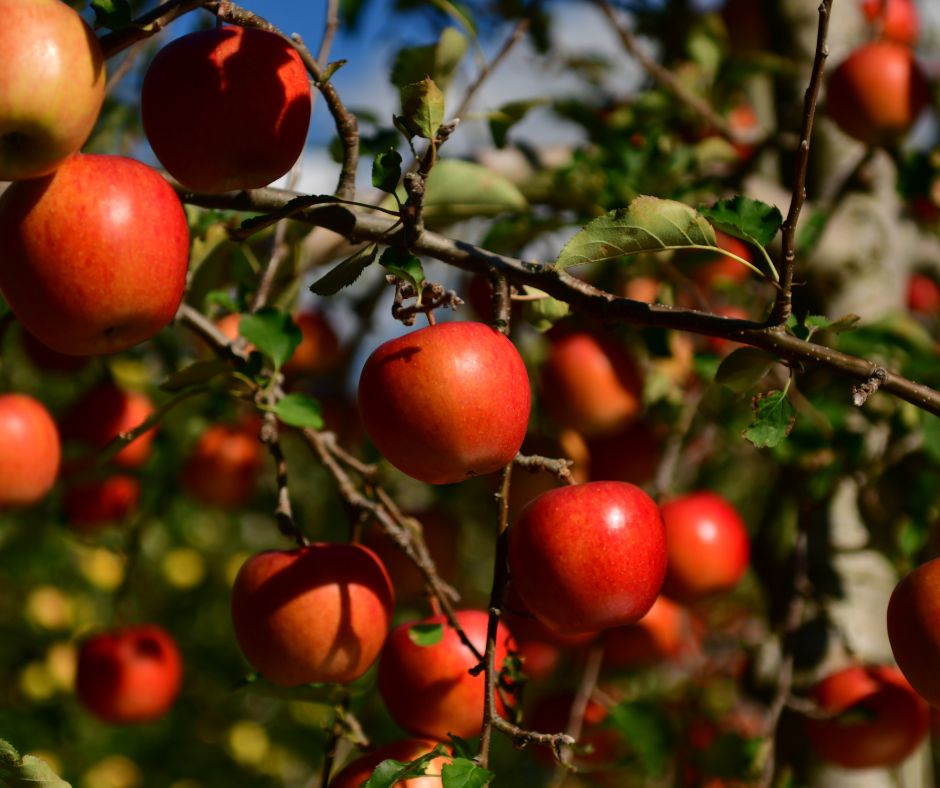
In the case of fruit trees and shrubs, compost acts as a nutrient-rich source usable compost, moisture preserver, and slow-releasing fertilizer simultaneously. Using compost can enrich the soil surface, improve conditions, maintain moisture, and even suppress weed growth, helping the soil retain moisture.
The compost variant you choose can also have a substantial impact. Composted chicken manure, cottonseed meal, and well-rotted manure can provide the most benefits for your fruit trees and shrubs.
Applying compost to fruit trees and shrubs requires a bit of finesse. Push back the mulch and apply a 2-inch layer of compost under the canopy, but avoid the trunk.
For fruit trees, use a 2-3 inches mulch of compost around the trees, extending to the drip-line. The best time to apply compost is in the fall or winter, following pruning and dormant spraying.
Container Gardens

Container gardens present distinctive challenges and prospects for compost usage. Adding compost to your container gardens can:
To achieve a balanced mix in container gardens, use a ratio of 1 part peat moss, 1 part perlite, and 2 parts compost. For varying nutrient levels, a 20 percent compost mix would require 4 parts soil to 1 part compost, or for a more nutrient-rich mix, 2 parts compost, 2 parts peat moss, and 1 part perlite or vermiculite can be used.
Suitable compost options for container gardens include:
Regular application of compost tea and replenishment of solid compost are also crucial for the wellbeing of your indoor plants in container gardens.
Utilizing Compost for Lawn Care

Compost isn’t limited to garden use – it can significantly benefit your lawn too. It improves soil structure by reducing compaction and promoting drainage, making your lawn healthier and more resilient. Composting enhances lawn color, conserves water, and aids in disease and pest management.
Applying compost to your established lawns is a straightforward process. Simply determine the necessary quantity, select high-quality compost, distribute it evenly, and water it to facilitate integration with the native soil there.
To achieve the best results, it is advisable to topdress your lawn with compost twice a year, ideally in early spring and mid-fall. A well-maintained lawn not only adds to the beauty of your home but also contributes to the overall health of the environment.
Compost Tea: Liquid Fertilizer for Your Plants

Compost tea, brimming with nutrients, presents another excellent method to make the most of your compost. This potent brew enhances soil health, augments water retention, and potentially reduces the requirement for supplementary fertilizers.
Producing compost tea is an uncomplicated procedure. Fill a compost bin 2/3 full with moistened dead tree leaves, or place composted manure in a burlap bag and submerge it in a barrel of water. The suggested ratio of compost to water for making compost tea is 1 part compost to 5 parts water.
The type of compost you use can influence the quality of your compost tea, as the extraction process draws out nutrients and microorganisms from the compost, resulting in a beneficial liquid for plant nourishment.
The typical brewing time for compost tea is about 24-36 hours. Once ready, apply it to your plants and watch them flourish!
Troubleshooting Common Compost Issues
Even seasoned gardeners face obstacles with their compost occasionally. If your compost develops an unpleasant smell, it’s often a sign of inadequate air circulation. Aerating the compost pile or adding ‘fluffy’ materials to enrich soil, like dry leaves can help mitigate the problem.
Concerns about herbicide contamination in compost can be addressed through a pot bioassay. If the plants show symptoms of damage, it’s possible that the compost is contaminated. Measures to address herbicide contamination include planting a grass crop to absorb the chemicals, adding substances that bind herbicides, and composting herbicide-treated materials for over 200 days.
Maximizing the Environmental Benefits of Composting
Apart from its role in personal gardens, composting significantly contributes to environmental conservation. By recycling organic matter through repurposing organic materials and preventing them from ending up in landfills, composting reduces the amount of trash and greenhouse gas emissions, particularly methane.
Composting offers several benefits to compost environment, including:
- Contributing to carbon sequestration by storing carbon in the soil and fostering a microbial population that helps sequester carbon
- Enhancing soil health
- Strengthening plant health
- Increasing moisture retention
- Enhancing soil structure, leading to improved water retention in the soil
Summary
From recognizing ready-to-use compost to troubleshooting common issues, this guide has taken you on a journey through the world of composting. Whether you’re growing vegetables, cultivating fruit trees, or nurturing a lush lawn, compost can be your secret weapon for a thriving garden. So go ahead, start composting and transform your garden into a thriving oasis.
Frequently Asked Questions



